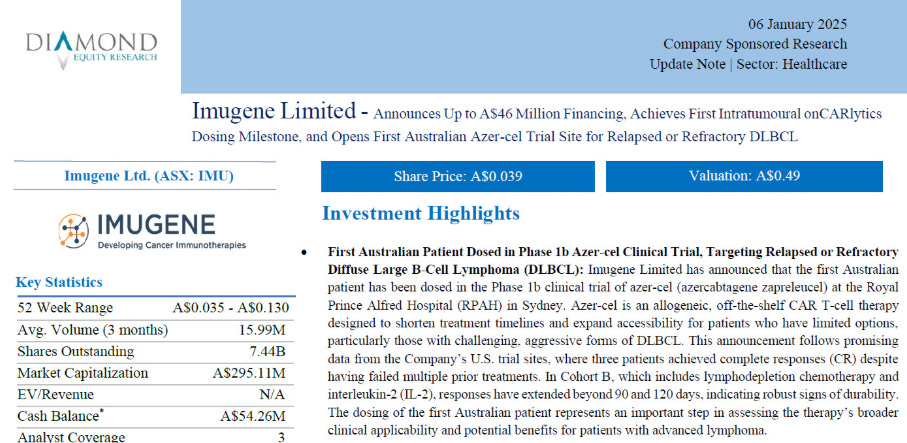Stop Asking These Questions If You Want a Buy-Side Offer
Part 1
After years helping candidates break into the buy-side, I’ve noticed a pattern: the biggest career detours don’t come from bad interviews — they come from bad questions.
Questions that show you haven’t done your research (for the role a RESEARCH analyst)
Questions that show you don’t understand what the interviewer is testing.
Questions that show you’re trying to “hack” the process instead of mastering the craft.
These questions don’t just hurt your chances; they also lead you down months or years of investing in low return-on-invested-time activities.
Here are the most common ones — and why they send the wrong message.
“Thoughts on…”
I don’t know if this is a Gen Z thing, but I’m not joining your vibe-seeking experiment.
Everywhere I look online — and especially in my DMs — people start with “Thoughts on [broad topic]?” I never answer those. Not once.
Here’s why: you don’t really know what you want to ask, but you expect someone else to unpack the entire subject while you sit back eating popcorn. That’s lazy. If you don’t know, there’s no way the other person can give it to you.
And don’t try to rephrase it. “What do you think of [broad topic]?” “Your opinion on [broad topic]?” Same thing. I’m skipping those too.
But if you come prepared, someone might engage. Ask something like “Thoughts on why XYZ Capital’s TMT sector head left for a competitor fund?” That’s specific, it’s informed, and it shows you’ve done the work and know what you are looking for (though I just dislike the “thoughts on …” opening at this point as a pet peeve.)
If you want thoughtful responses, start by asking thoughtful questions.
“How to sound smart in a buy-side interview?”
Trying to sound smart will get you nowhere in this profession.
If you actually read a lot, it shows naturally in conversation. If you fake it, it gets exposed instantly in front of the well-read investors.
You don’t sound smart to get the job. You need to be smart, and that’s what gets you the job—and more importantly, keeps you performing once you’re in. There’s no coasting on the buy side.
People often get it backwards: they cram for interviews instead of building knowledge every day. But if you put in the work, your intellect shows effortlessly during the candidate vetting process.
And remember—the industry is full of smart people who still can’t make money. So if you’re not even smart? You’ve got no shot.
“What are my chances of breaking into a hedge fund? How long will it take?”
I can’t answer that — I’m not a fortune teller.
I’m also not a shrink, though that’s really what you’re looking for: reassurance. You want someone to tell you it’s possible. Well, it is possible — but it depends entirely on how hard you’re willing to work for it.
It’s going to be hard and unfair. You’ll be competing against insiders with experience (current buy-siders) and adjacent experience (IB, PE, ER).
But it’s doable. I’ve done it. Many others have done it. And every single one of them will tell you the same thing: it was really hard.
If what you’re really asking is, “Can I break into a hedge fund without suffering?” — the answer is no. You can’t. You must suffer.
Everyone’s timeline is different. Maybe it takes 6 months if you live and breathe this stuff and are laser focused. Maybe you’ll never make it because you want the glory and the money more than the grind.
“Will AI destroy hedge fund jobs?”
No, but AI will shorten the grace period for juniors.
If you’re just a doer — someone who can model, write, and summarize but can’t make real investment calls — your career prospects were already limited. In an AI world, it’s harder for you to even land a seat.
That’s because the ramp-up time from joining a fund to generating alpha has collapsed. What used to take 1.5–2 years might now take 3–6 months. With quality prompting, AI lets you get up to speed on a company or a sector way faster than before.
But AI still can’t make quality investment decisions. It can process, summarize, and analyze — but not judge.
So, the people who can consistently make money will continue to be valuable in the post-AI world. The real shift is that junior recruiting will increasingly focus on your decision-making potential, not your ability to crunch numbers or write memos.
“I want to work at a biotech hedge fund, should I get an MD or PhD?”
It’s very hard to get into a quality MD or PhD program — and it’s even harder to finish one.
If you’re motivated purely by money — not by practicing medicine or doing original research — I’m skeptical you’ll have the stamina to push through when things inevitably get tough. And they will get tough. Without genuine passion for the subject, you’ll likely burn out or quit halfway.
An MD or PhD gives you deep technical knowledge — but trading biotech stocks requires judgment. It’s about calibrating probabilities of trial success, assessing management credibility, dissecting the incentives of doctors, patients, and payers, and weighing risk–reward — all things no graduate program will teach you.
So don’t assume that having a technical degree automatically earns you a seat in biotech public equity. You’ll still be competing against candidates who also have advanced degrees — and relevant investing experience on top of that.
And if you don’t already have an MD or PhD but say you want to do biotech investing — start by reading a biotech equity research report. See if you speak the language and enjoy the reading.
I read a note from the small cap biotech team when I was on the sell-side, and I didn’t understand a single word. That’s when I realized biotech was not a sector I ever wanted to have an opinion on.
“How do I position myself for a million-dollar payout in a year?”;“Which fund pays the best?”;“Which fund has the highest AUM / investment personnel?”
You’re asking the wrong questions.
Focus on the your value add to your employer — not how fast and big you can get paid.
The media doesn’t cover juniors who get a goose egg year-end bonuses. It only highlights outliers. Do those million-dollar outcomes happen? Yes — but they’re rare.
And there are plenty of factors working against you: luck, the difficulty of landing those roles in the first place, and the reality that hundreds of people are chasing the exact same outcome. Chances are, you don’t have the shiniest background — nor are you already in the industry with a stellar track record.
Instead, focus on where you can be most valuable, learn the most, and work with the best mentors. That’s what sets up your long-term trajectory — not chasing the biggest bonus headline.
Value capture hinges on value add.
“Pod or long-only? Private or public? Credit or equity? Large cap or small cap?”
Everyone’s going to give you a different answer —shaped by their own bias.
But here’s the truth: you should go where you can add the most value and feel the most alignment. That’s where you’ll stay energized coming into the office every day, hunting for ideas because you are aligned.
There is always an investment style or a sector that is in vogue at any point in time, doesn’t mean you are best suited to add value under that style/sector.
If you’re a long-term investor who joins a pod shop just because you heard about million-dollar bonuses, you’re setting yourself up for misery. When your PM expects ten longs and ten shorts going into every quarter, and you hate reacting to every ±2% move in your coverage universe, you’ll burn out fast — and end up right back at square one.
That’s why style and people alignment matter so much. If you get those wrong, you will struggle to add value on the job.
“I am a PM at an RIA, but I struggle to land a hedge fund analyst role. Why?”
The median RIA focused on retail / wealth management is not held to the same risk and performance standard as an institutional hedge fund, even though a minority of RIAs may run institutional money. Unfortunately, human beings like to generalize: they tend to assume all RIAs are not as rigorous.
And most RIA professionals also don’t have the same educational or professional branding as hedge fund investment talents — so there’s a perception gap to overcome.
It will take a lot of convincing, with the same expectation that you should show your work (via stock pitch). If you believe you have the sophistication, the burden is on you to get noticed and to convince a hedge fund that you belong in the big league.
I will share with you part 2 next week. Thanks for reading. Talk to you next time.
My tools and insights for navigating public equity recruiting
Check out my other published articles:
📇 Connect with me: Instagram | Twitter | LinkedIn | YouTube
If you want to advertise in my newsletter, contact me 👇
If you enjoyed this article, please subscribe and share it with your friends/colleagues. Sharing is what helps us grow! Thank you.









